Before you leave...
Take 20% off your first order
20% off
Enter the code below at checkout to get 20% off your first order
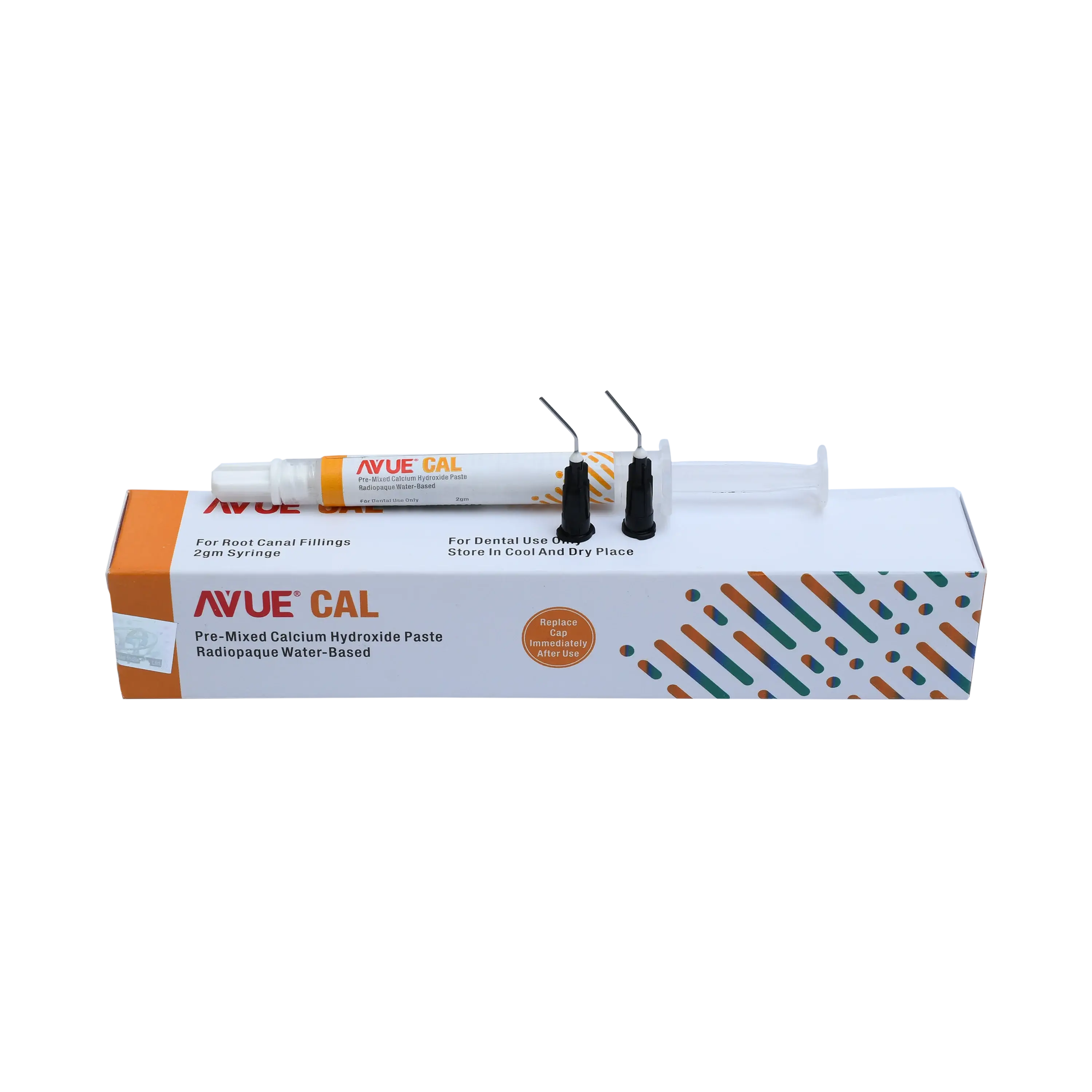
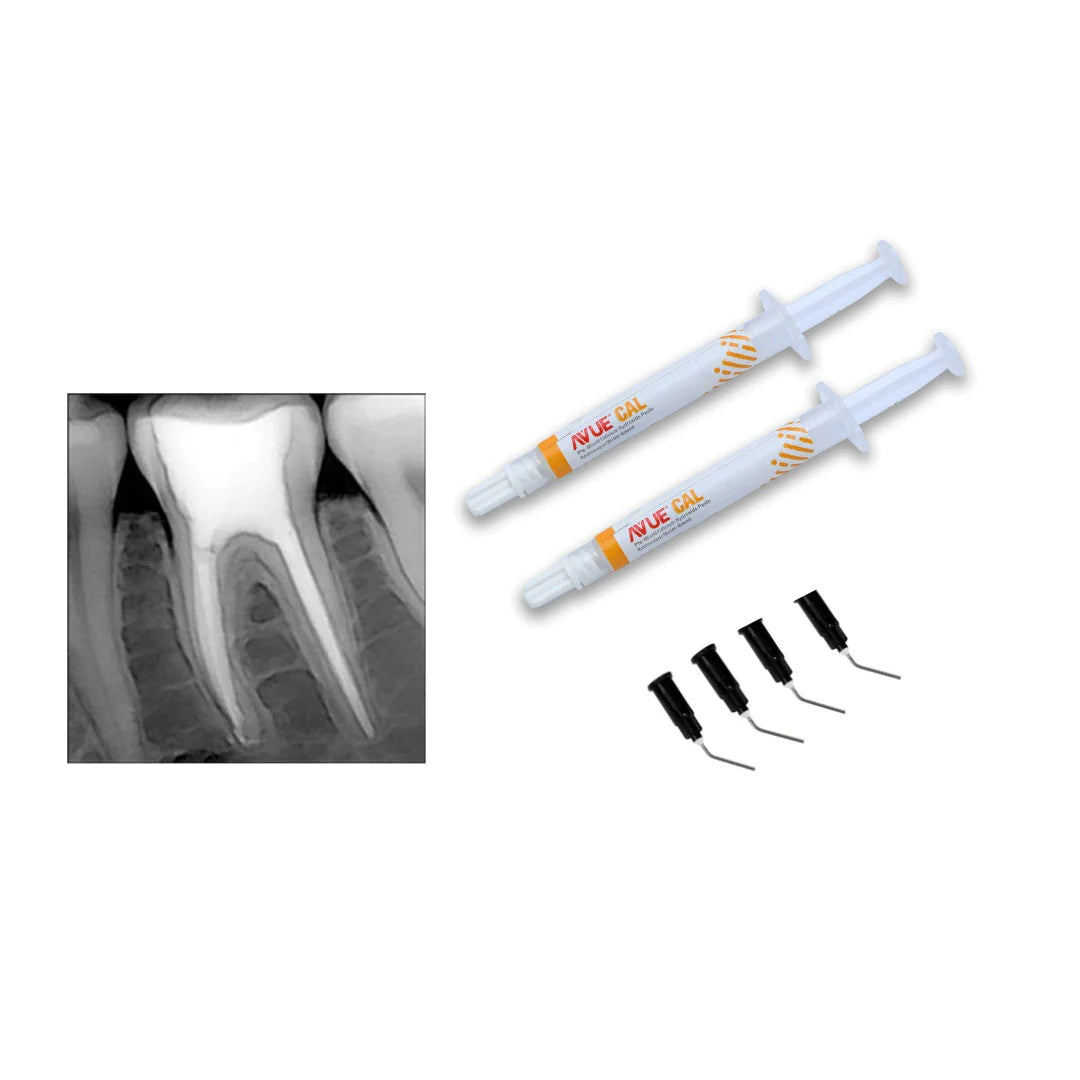
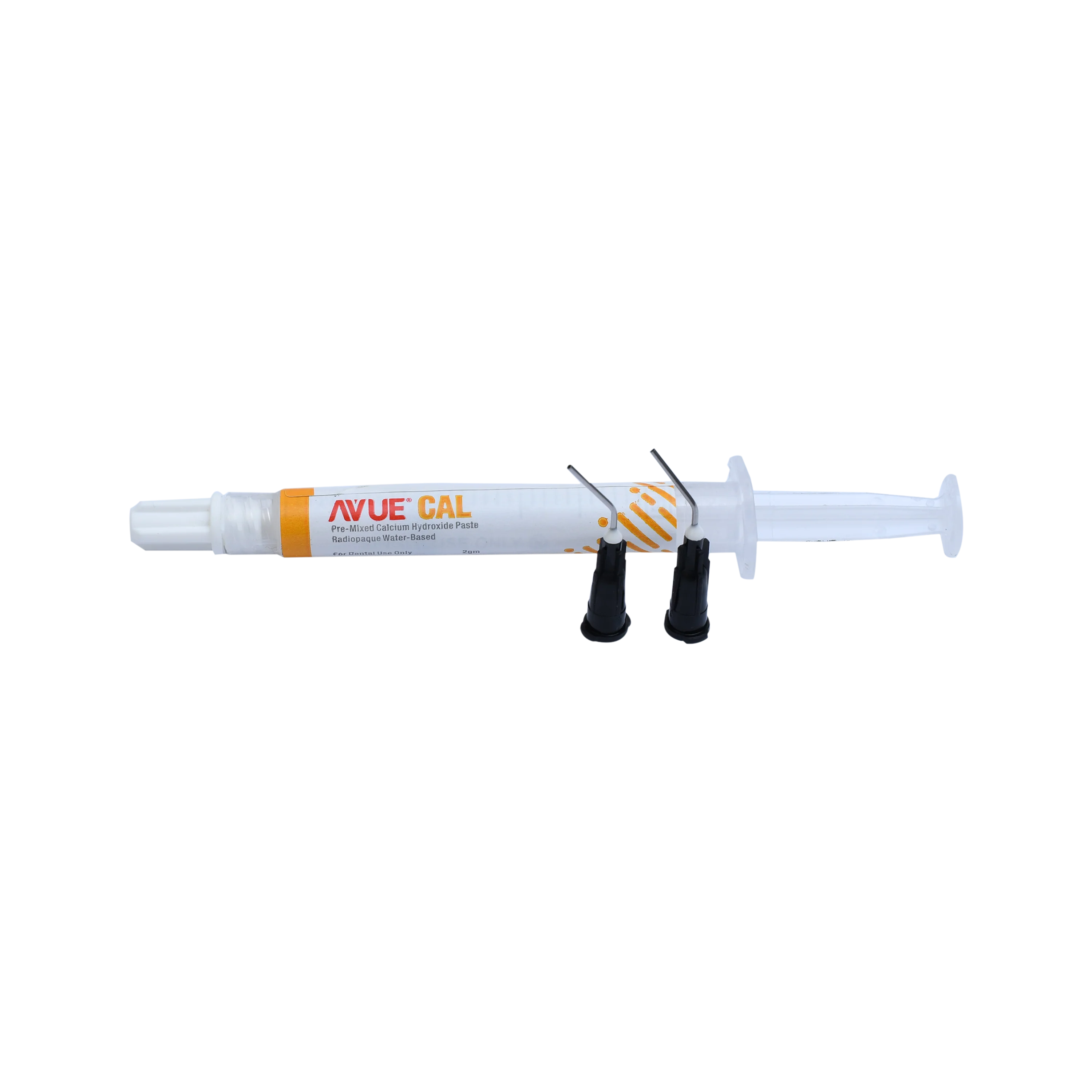
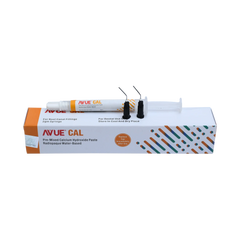
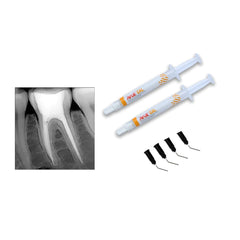
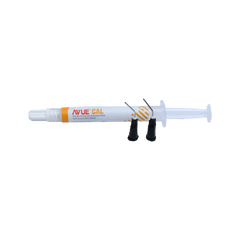
AvueCal - Premixed Calcium Hydroxide
Avue Cal is a ready-to-use paste with a calcium hydroxide formulation. It is a radiopaque, extremely alkaline water-soluble paste that can be readily cleansed and removed from the canal. Highly indicative in weeping canals, temporary root canal filling material.
Calcium hydroxide (Ca(OH)2) has been widely used in endodontics as an intracanal medicament to eliminate the remaining microorganisms after chemomechanical preparation.
Avuecal is widely used due to its advantages such as:
• Initially bactericidal effect then bacteriostatic.
• Promotes healing and repair.
• High pH stimulates fibroblasts.
• Stops internal resorption.
• Neutralizes low pH of acids.
• Inexpensive and easy to used
Antimicrobial Effect of AvueCal
The release of hydroxyl ions in an aqueous environment is essential for the activation of calcium hydroxide against microbes. These ions reacted intensively with several biomolecules due to their highly oxidant free radicals.
As this reactivity is unspecified, the free radicals most likely gathered at the sites of generation. Hydroxyl ions have fatal effects on bacterial cells. They may damage the cytoplasmic membrane of bacteria, denature their proteins, or damage the DNA.
Used as disinfecting dressing
The Effect of calcium hydroxide on pro-Inflammatory cytokines was studied and concluded that it leads to denaturation of these pro-inflammatory mediators such as interleukin-1 α (IL-1α), tumor necrosis factor α(TNF α) and calcitonin gene-related peptide (CGRP) that is a potential mechanism by which calcium hydroxide contributes to the resolution of periradicular periodontitis.
Intracanal medicament in Weeping Canal
Perforation Management
Role in Root Resorption
Composition
AvueCal is made up of Calcium Hydroxide, Barium Sulphate & Excipients.
Advantages




Thanks for subscribing!
This email has been registered!
Take 20% off your first order
Enter the code below at checkout to get 20% off your first order